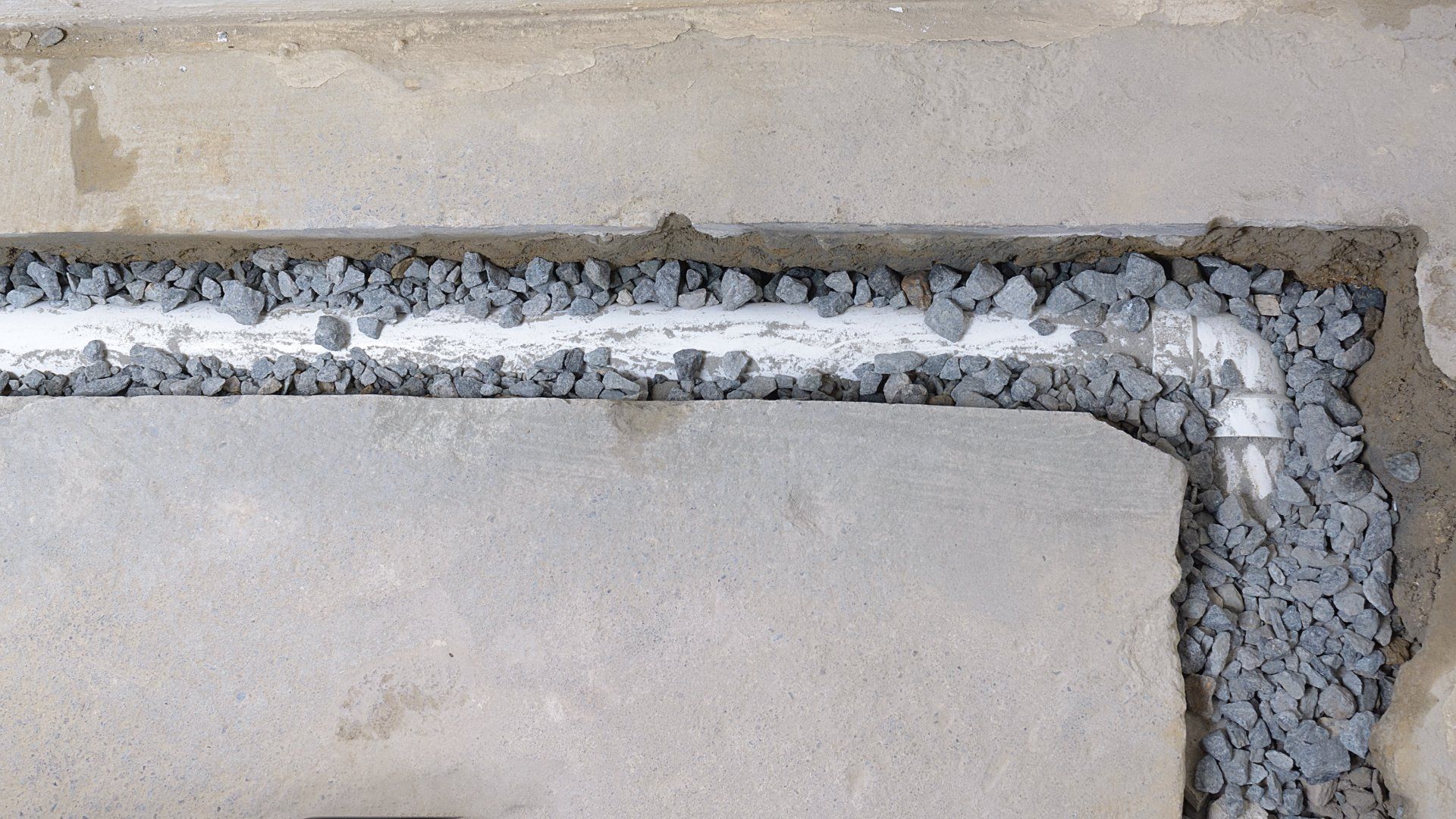4 Mistakes to Avoid When Installing French Drains
Mistakes to Avoid When Installing French Drains
Are you constantly having problems with your basement waterproofing every after a storm? There might not be an issue with the waterproofing itself, but it probably has something to do with those puddles of water staying around the property. French drains seem to be an excellent solution for this as it drives away water on your property similar to a gutter but on ground level. While French drains are a great solution, a lot of people have trouble installing and maintaining them properly. Here are some common French drain mistakes you should avoid for it to work.

1. Using the Wrong Type of Drain Rock
One unique feature of French drains is the use of gravel to ensure the perfect permeability of the French drain. The use of stones and gravel is important if you want your French drain to work properly. In fact, you need to use the right kind of stones, particularly rounded ones. Otherwise, the water won’t be able to flow smoothly. Smooth and round stones are also less likely to break apart, which would only clog your French drain. So avoid using jagged, flat, or irregularly shaped stones if you want water to flow smoothly through the drain.
2. The Lining of the Trench is Missing
In any French drain, lining the trench with a special kind of fabric is essential. French drain failure usually occurs when you fail to line your trench with nonwoven geotextile drainage fabric. This is because the drainage fabric acts as a soil separator and prevents dirt and debris from mingling with your rock fill while allowing the water to flow freely. If you want to make sure that your system continuously performs well for decades to come, then be sure to line your trench with nonwoven geotextile drainage fabric.
3. Selecting the Wrong Type of Fabric
Now, forgetting to install the lining is one thing, but installing the wrong kind of fabric is almost just as bad. There are only two primary types of geotextile landscape fabric used in French drains—woven and nonwoven fabric. If you tried using the former for your French drain, then you’re in big trouble. Nonwoven fabric is always the go-to option here as it lets water pass easily through without keeping any of the dirt and debris from entering in. Woven fabrics are better used as ground cover for weeds and not for water drainage.
4. Overlooking the Slope and the Direction of the Water Flow
If you’re just about to
install a French drain on your property, it’s actually important to first assess the flood-prone areas of your yard. You’ll need to determine the general direction of the flow of your French drain before you start planning. If you somehow failed to put enough of a slope or managed to put a slope against the direction of the water, then your French drain will become useless. If you want your French drain to be effective, you need to plan the slope and the direction of the water accordingly.
Hire Top Rated French Drain Installation Contractors To Avoid Mistakes
Whether installed in the yard or the basement, a French drain can work effectively by driving water away from the property, preventing flooding and the buildup of water in your basement. However, that doesn’t always happen due to a couple of blunders in the planning and installation of the French drain. Avoid these costly mistakes at all times to make sure your French drain works as intended.
Advanced Basement Waterproofing specializes in complete basement waterproofing and sealing, mold removal and remediation, and French drain installations. Our team is more than capable of sealing and protecting your basement from water damage and mold buildup. Contact us today to request a free inspection from our experts.


